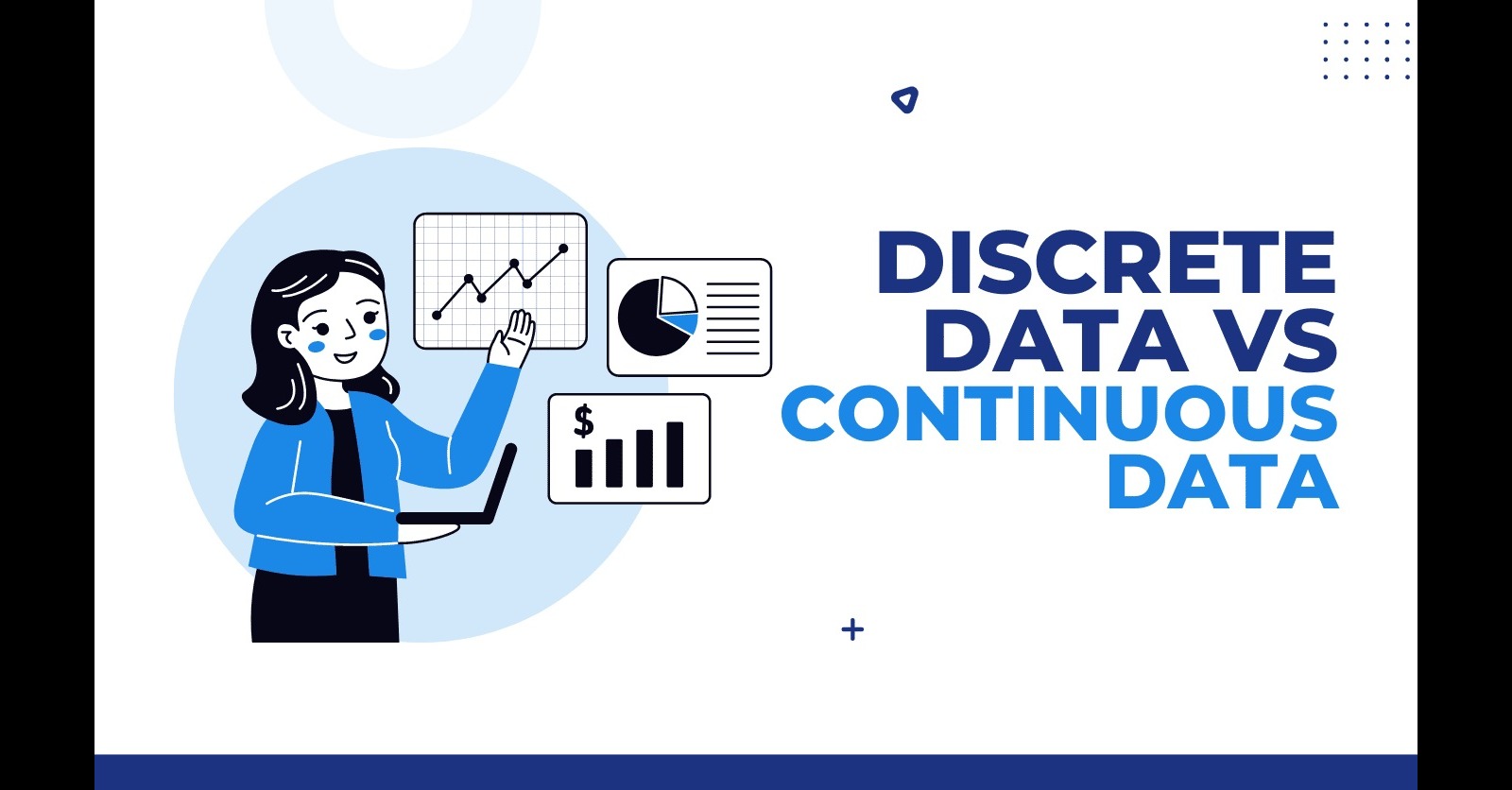Discrete vs. Continuous Data: Key Differences
 Editor SoftwareSuggest
Editor SoftwareSuggest
In the world of data analysis, understanding the nature of your data is crucial for selecting appropriate analytical methods and drawing accurate conclusions. Two fundamental types of quantitative data are discrete and continuous data. Each type has distinct characteristics and implications for analysis. Let's delve into the key differences between discrete and continuous data, their properties, examples, and the implications for statistical analysis.
Understanding Discrete Data
Discrete data refers to countable, distinct values that are typically integers. These values are often the result of counting something, such as the number of students in a class, the number of cars in a parking lot, or the number of defects in a batch of products. Discrete data can only take specific, separate values, with no intermediate values possible between them.
Characteristics of Discrete Data
Countable: Discrete data values are countable and finite.
Distinct Values: Each value is distinct and separate from others.
Integer Values: Typically, discrete data points are integers (whole numbers).
Non-Divisible: Values cannot be meaningfully subdivided.
Examples of Discrete Data
Number of employees in a company.
Number of questions on a test.
Number of votes in an election.
Understanding Continuous Data
Continuous data represents measurements and can take any value within a given range. This type of data is typically the result of measuring something, such as height, weight, temperature, or time. Continuous data can assume an infinite number of values within a given interval and can be divided into finer and finer increments.
Characteristics of Continuous Data
Measurable: Continuous data values result from measurement.
Infinite Possibilities: Can take any value within a specified range.
Divisible: Values can be subdivided into finer increments.
Precision: The precision of continuous data depends on the measurement tool's accuracy.
Examples of Continuous Data
Height of individuals.
Temperature in a room.
Time taken to complete a task.
Distance traveled by a vehicle.
Key Differences Between Discrete and Continuous Data
Here is a table summarizing the key differences between discrete and continuous data:
| Aspect | Discrete Data | Continuous Data |
| Nature of Values | Countable, distinct values | Measurable, can take any value within a range |
| Representation | Typically represented using bar graphs | Typically represented using histograms or line graphs |
| Data Collection | Collected through counting | Collected through measurement |
| Subdivisibility | Values cannot be meaningfully divided (e.g., 2 cars) | Values can be subdivided into finer increments (e.g., time) |
| Examples | Number of students, number of cars | Height, weight, temperature |
| Statistical Tests | Non-parametric tests, chi-square, Poisson regression | Parametric tests, t-tests, ANOVA, linear regression |
| Probability Distributions | Binomial distribution, Poisson distribution | Normal distribution, exponential distribution, gamma distribution |
| Visualization Techniques | Bar charts, pie charts, dot plots | Histograms, box plots, scatter plots |
Implications for Statistical Analysis
The type of data—discrete or continuous—affects the choice of statistical methods and tools. Here's how:
1. Statistical Tests
Discrete Data: Often analyzed using non-parametric tests, chi-square tests, and Poisson regression.
Continuous Data: Analyzed using parametric tests, t-tests, ANOVA, linear regression, and correlation analysis.
2. Probability Distributions
Discrete Data: Associated with distributions like the binomial distribution and Poisson distribution.
Continuous Data: Associated with distributions like the normal distribution, exponential distribution, and gamma distribution.
3. Visualization Techniques
Discrete Data: Best visualized using bar charts, pie charts, and dot plots.
Continuous Data: Best visualized using histograms, box plots, and scatter plots.
Conclusion
Understanding the distinction between discrete and continuous data is essential for anyone involved in data analysis. Discrete data involves countable, distinct values, while continuous data encompasses a range of measurable values. Recognizing these differences not only aids in proper data collection but also ensures the selection of suitable analytical methods, leading to more accurate and insightful conclusions.
Whether you are counting the number of occurrences or measuring variations within a range, appreciating the nature of your data is the first step toward effective analysis. For additional insights and recommendations on tools that can assist in managing and analyzing both types of data, consider visiting SoftwareSuggest, a platform that reviews and compares a wide range of software solutions tailored to your specific needs.
Subscribe to my newsletter
Read articles from Editor SoftwareSuggest directly inside your inbox. Subscribe to the newsletter, and don't miss out.
Written by

Editor SoftwareSuggest
Editor SoftwareSuggest
SoftwareSuggest is an online platform offering reviews, comparisons, and expert analyses of business software. It helps businesses find the best tools for their needs across various categories like CRM and project management.